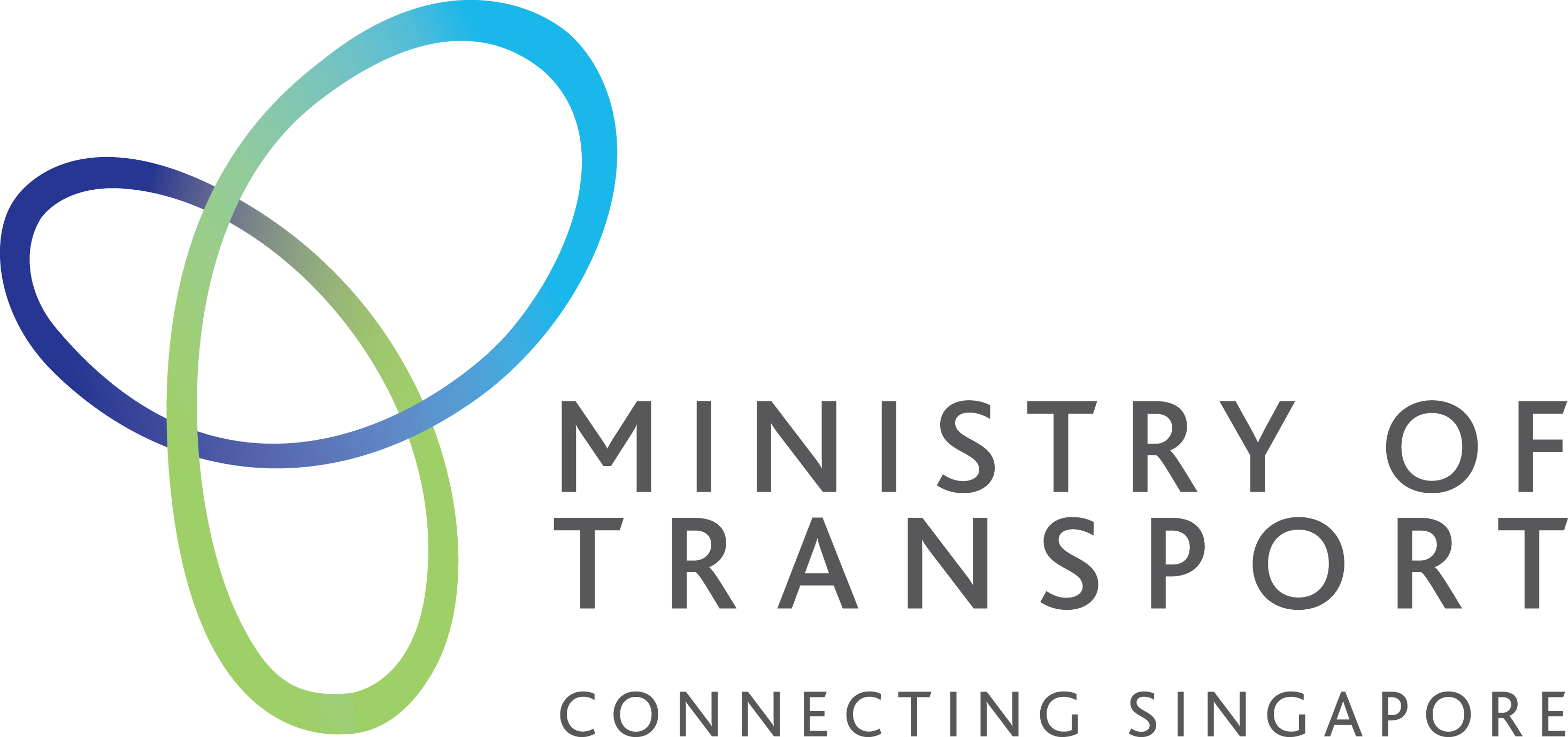Written Reply to Parliamentary Questions on Calculation of Public Transport Accessibility Level Values in Provision of Public Transport
10 September 2024
This article has been migrated from an earlier version of the site and may display formatting inconsistencies.
Ms Hazel Poa asked the Minister for Transport
a. whether LTA calculates Public Transport Accessibility Level (PTAL) values in their Transport Impact Assessments for developments based on different (i) subzones (ii) planning areas or (iii) regions of Singapore to determine which areas are under-served by public transport; and
b. if so, which are the (i) subzones (ii) planning areas or (iii) regions that have the lowest PTAL values and are considered under-served by public transport.
Ms Hazel Poa asked the Minister for Transport
a. whether LTA can work with HDB to make public the Public Transport Accessibility Level values of new BTO developments, so that prospective applicants can consider the accessibility of BTO developments by public transport; and
b. if not, why not.
Reply by Minister for Transport Chee Hong Tat:
1. In planning for public transport, LTA adopts a holistic approach by considering both travel demand and existing public transport options, using indicators such as ridership data, land use plans and projections of travel patterns. The Public Transport Accessibility Level (PTAL) is a purely supply-side indicator measuring the availability of public transport for a given location. However, it does not account for travel demand and ridership patterns, and does not fully reflect whether an area is well served by public transport.
2. For individual commuters, the PTAL score for a given area will not indicate how well their specific travel needs will be met. In addition, PTAL scores are a static measure of existing levels of public transport provision at the time of calculation. It is therefore not meaningful to provide a PTAL score to prospective BTO applicants at the point of launch as LTA and HDB will typically develop additional transport infrastructure to support new BTO developments as they are completed.
3. Instead, to help prospective flat buyers make an informed decision, LTA works with HDB to provide information to BTO applicants in HDB’s sales collaterals on existing and future transport nodes around new housing developments, such as MRT stations, LRT stations, and bus interchanges.
